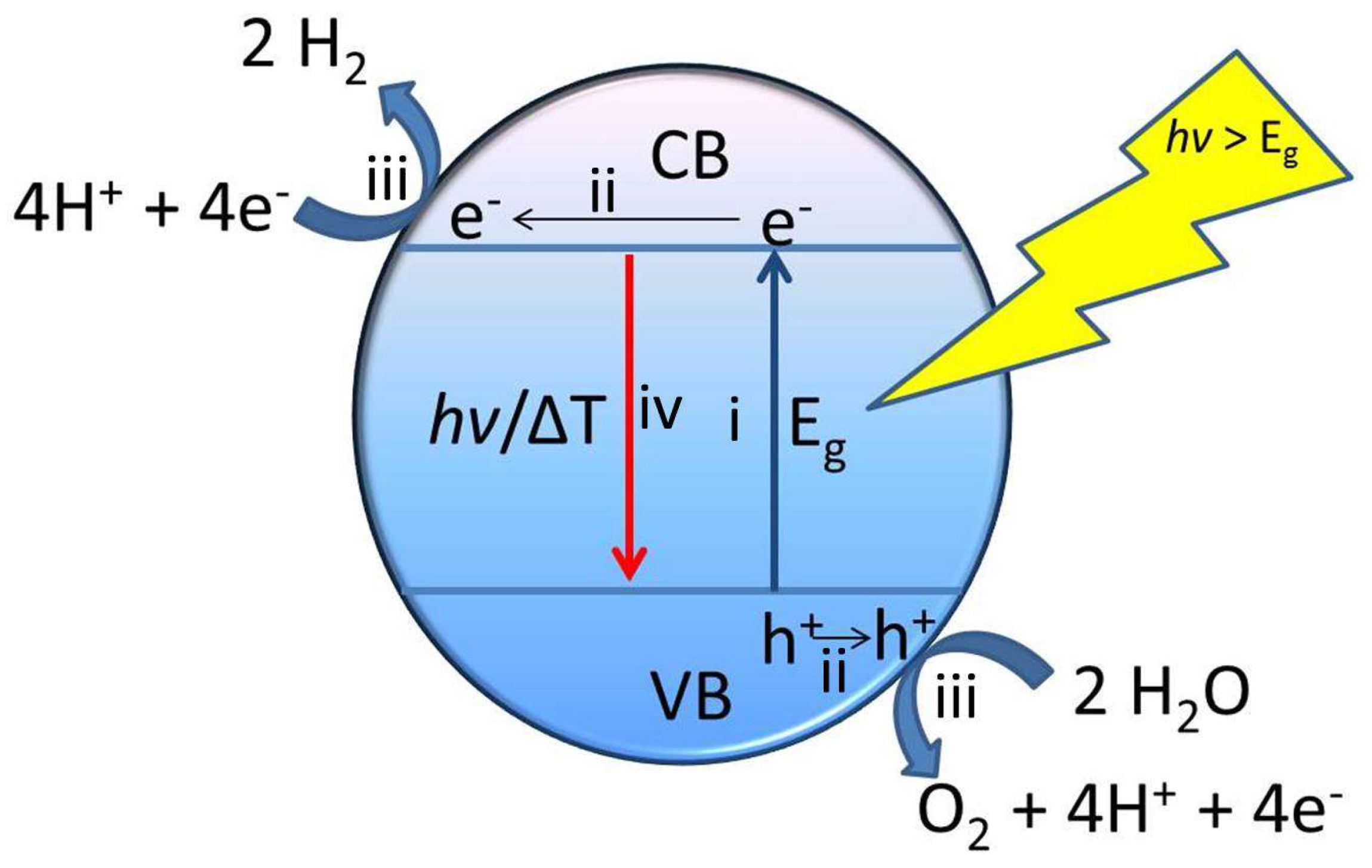

The palynomorph assemblages are dominated by elements such as Alnus (Betulaceae) or Sphagnum (Sphagnaceae). The highly diverse vegetation at the coast and in the adjacent initial mire was replaced by low diversity communities adapted to wet acidic environments and nutrient deficiency. Biodiversity measures show that plant diversity decreased significantly in the successive stages. Cluster analyses and NMDS of well-preserved palynomorph assemblages reveal four successional stages in the vegetation during peat accumulation: (1) a coastal vegetation, (2) an initial mire, (3) a transitional mire, and (4) a terminal mire. This allows facies-dependent vegetational changes to be distinguished from those that were climate induced. 56 samples from three individual sections of a lower Eocene seam in the record capture the typical succession of the vegetation in a coastal wetland during a period that was not affected by climate perturbation. Therefore, it covers the different long- and short-term climate perturbations of the Paleogene greenhouse. The Paleogene succession of the Helmstedt Lignite Mining District in Northern Germany includes coastal peat mire records from the latest Paleocene to the middle Eocene at the southern edge of the Proto-North Sea. The sub-sampling tool is tested on fossil pollen data from five tropical sites. The sub-sampling tool presented here facilitates the rapid assessment of individual pollen samples (initial information input of 100 pollen grains) and can, therefore, on a sample by sample basis achieve maximum effectiveness and efficiency. To facilitate extraction of ecologically meaningful information from pollen assemblage data, a two part statistical sub-sampling tool has been developed (Models 1 and 2), which determines the pollen count size required to capture major vegetation communities of varying palynological richness and evenness, and the count size required to find the next not yet seen (rare) pollen taxa. However, anticipating a statistically based robust pollen count size, sufficient to characterise a pollen assemblage is difficult particularly with regard to highly diverse pollen assemblages. An example would look something like this.Pollen assemblages are used extensively across the globe, providing information on various characteristics of the vegetation communities that originally produced them, and how these vary temporally and spatially. If you want to make these modes permanent and not have to type them in every time then you should add them to the emacs configuration file. If you want to enable the display of line numbers across all of the buffers, then use the command global-display-line-numbers-mode.Īgain these commands are toggle commands and you can use the same command to enable and disable the functionality. This will toggle the display of line numbers in the current buffer. If you want to display line numbers in the buffer, then you can use the command display-line-numbers-mode to do that. To make it the default, you can add it to the emacs configuration file. That means you can disable them by executing the command again. In order to do that use the command column-number-mode.īoth of the commands are toggle commands. In addition to the line numbers, you can also display the column number of the point in the buffer. Depending on the values of these variables, the line numbers may not show on large buffers or buffers with long lines. This will work on almost all buffers, but it is bound by couple of variables: line-number-display-limit and line-number-display-limit-width. This will toggle the line number display in the mode line. You have the option to display the line number in the mode line or with in the buffer itself. If you want to enable line number display in the buffer, then you have a couple of options to do that.

If you have the display line number feature on in the buffer, then this command is unnecessary. This will print the line number of the point in the current buffer to the mini-buffer. This is useful if you don’t have line numbers enabled in the buffer. show which line numberįirst lets see how you can find the current line number that the point is in the buffer. When editing a file in emacs, you can choose to display the line numbers just like the other text editors.


 0 kommentar(er)
0 kommentar(er)
